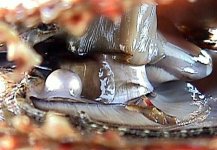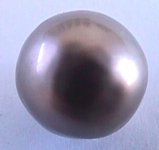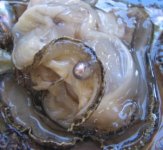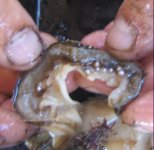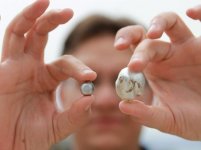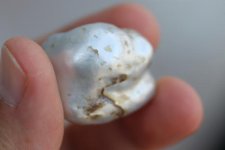C
CortezPearls
Guest
Found a good sized natural pearl inside one of our Cultured Pearl Oysters (Pteria sterna). The photos came out nicely and want to share some with you all...
As you can see, the pearl is growing in the mantle and the tunic is soo thin that you can actually see the color and shape of the pearl itself. The pearl was extracted and the photo is also included.
The pearl's max size was 9.0mm, smallest 8.8mm.
I am a Dad!
As you can see, the pearl is growing in the mantle and the tunic is soo thin that you can actually see the color and shape of the pearl itself. The pearl was extracted and the photo is also included.
The pearl's max size was 9.0mm, smallest 8.8mm.
I am a Dad!

